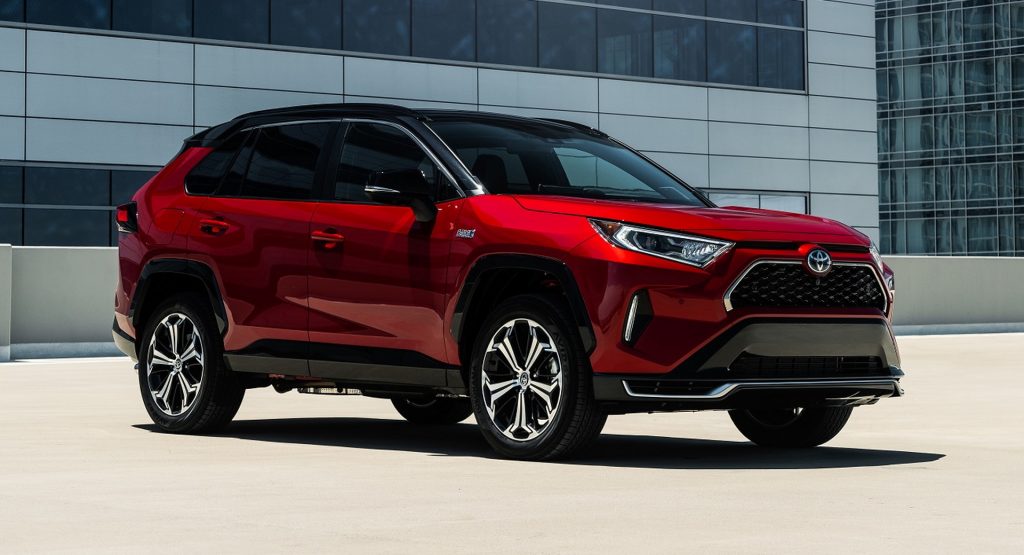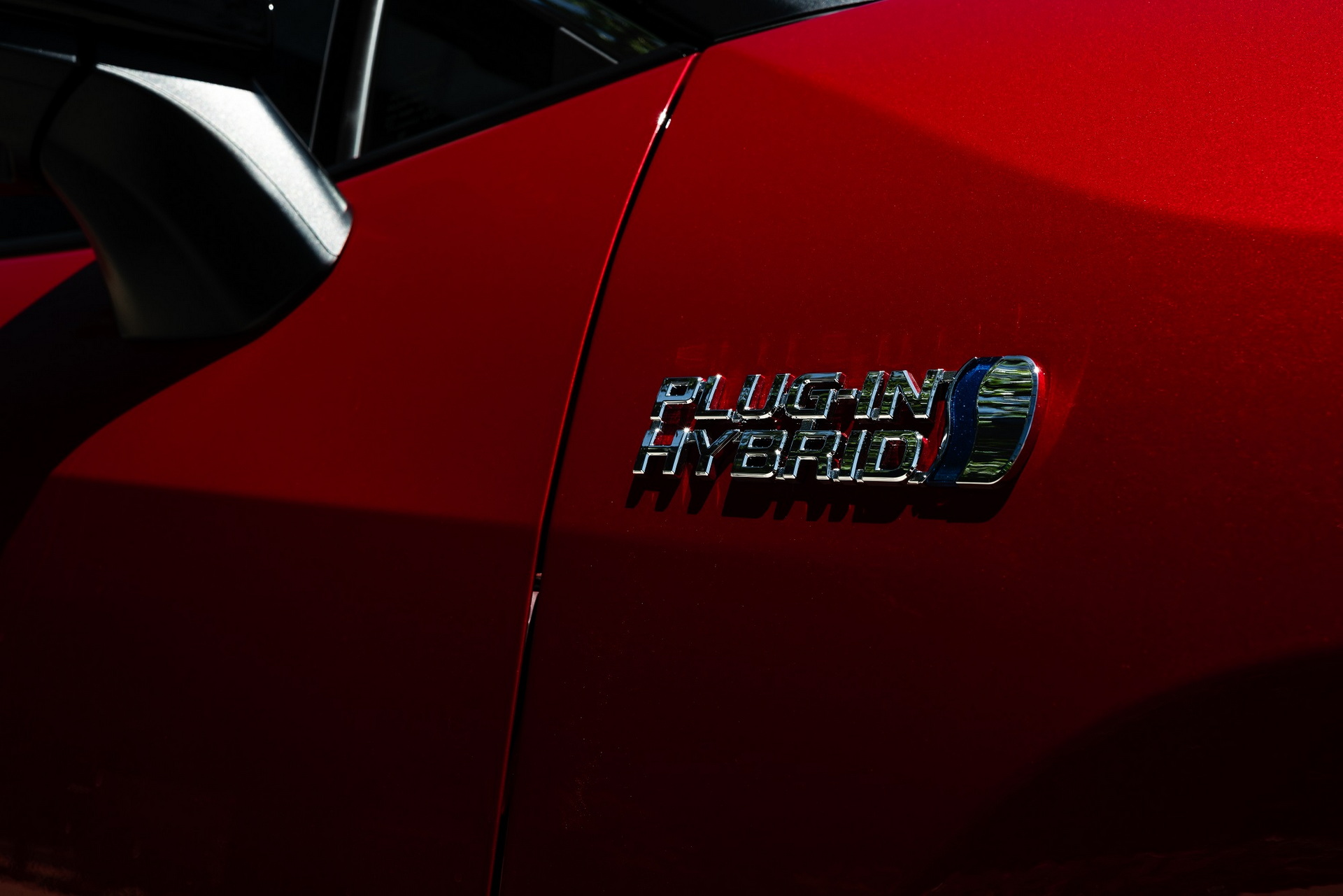The RAV4 Prime plug-in hybrid SUV has been getting an awful lot of good reviews. But can the PHEV drivetrain prove to be greener than an EV? Not yet, but it’s pretty close!
Engineering Explained decided to try to figure out if the RAV4 Prime could match a Tesla in terms of CO2 emissions over the course of its life. It’s a question that’s surprisingly difficult to answer, but host Jason Fenske is more than happy to do the math.
As you might expect, the answer comes down almost entirely to one factor: batteries.
Although electric motors are fantastically efficient, the production of the batteries that make them work is less efficient. As a result of the variety of hard-to-find materials that make up a useful car battery, they can be more carbon costly to make than the rest of the car. And that’s where the RAV4 gets off to an early lead.
Read Also: How Much Worse Is A Tesla Model 3’s Range Over 2,000 Miles In The Winter?
A Tesla’s battery is about four times the size of the RAV4’S, which makes it much more carbon-intensive to produce. Fortunately, the Tesla makes up for that by producing fewer emissions throughout its life.
No, electricity isn’t free, but neither is gas. Beyond the emissions that an internal combustion engine produces, there are the emissions associated with the production of gas. As a result, a Tesla emits fewer kg of CO2 than an internal combustion car as it drives down the road based on the current US power grid mix.
But the RAV4 Prime has an ace up its sleeve. Thanks to its 42 miles of electric range, which covers many commutes, the SUV doesn’t have to use nearly as much gas as you might think. So it has the best of both worlds – almost.
Ultimately, the RAV4 can’t keep up with a Tesla Model Y or 3. Using figures published by Tesla in its impact report, the RAV4 produces about 8 more tonnes of CO2 than a Model 3 over the course of 10 years. On the other hand, Toyota’s plug-in hybrid SUV also produces about 25 fewer tonnes of CO2 than a traditional internal combustion engine car (assuming Toyota’s battery production is as clean as Tesla’s), which is pretty impressive.





